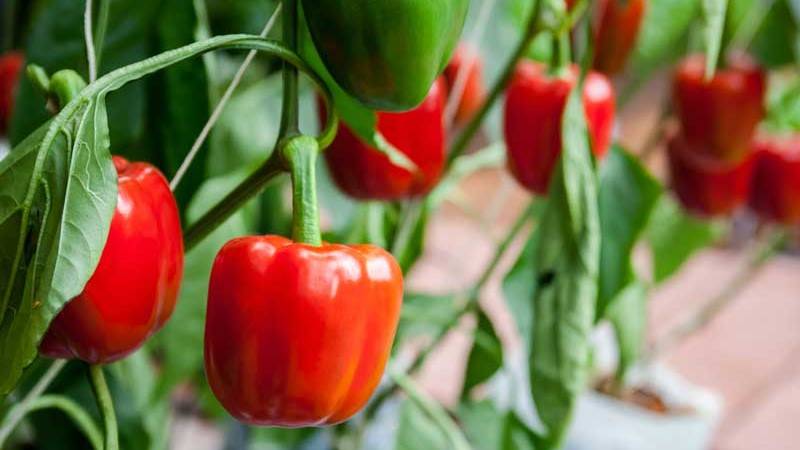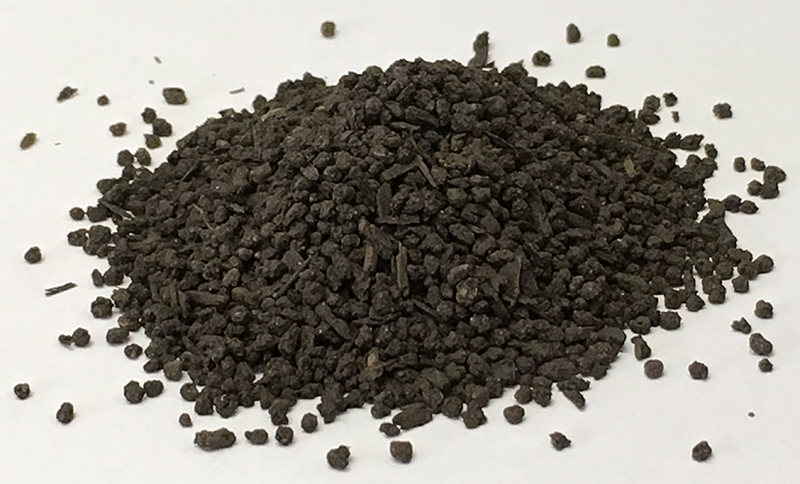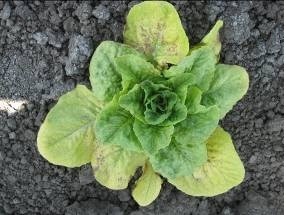Simplifying Organic Growing: The Starter Fertilizers


Formulating an organic growing medium for starting vegetable and herb seeds can be a challenge, depending on what a grower is looking for. When it comes to starter fertilizer charges, most growers prefer having them incorporated into their certified organic growing medium. Most professional growing media manufacturers provide these types of starter fertilizer charges.
Longevity of Starter Fertilizer
How long does it need to last? It is easy to provide a starter fertilizer that can feed vegetable and herb seedlings for up to 3 weeks for heavy feeders (e.g. peppers, tomato and basil) or 5-6 weeks for light feeders (e.g. lettuce, greens). However, the grower must have a plan for fertilizing his crop after those first weeks of growth, when the initial nutrition charge is gone. This is the challenging part.
Nature of Starter Fertlizer
The starter fertilizer charge in professional growing media may come from one or more of the following sources: animal or poultry manures (Figure 1), soybean meal, alfalfa meal, bone meal, blood meal, seaweed or fish by-products. For light feeders, it is possible for a starter fertilizer charge to last from sowing of the seed until it is ready to be transplanted into the field or garden. However, heavy feeders will require additional fertilizer applications during the production cycle.

Adding Starter Fertilizer: A Good Idea?
If there is not enough starter fertilizer in a growing medium, should more be added? This can be done, but it is not recommended.
First, incorporating extra starter fertilizer in the growing medium increases the electrical conductivity (or soluble salts), which can burn or kill sensitive light feeders (Figure 2). There can also be large pH fluctuations as nitrogen mineralization and nitrification occur during the first few weeks after producing the growing medium. Second, as Paul Fisher (Professor and Extension Specialist in the Environmental Horticulture Department at the University of Florida) reported, high fertilizer levels can burn the roots of young heavy feeders. This initial root damage can slow plant growth and development, causing a delay in crop timing. However, once the plant recovers, the high fertilizer can then sustain active plant growth. Clearly, adding more starter fertilizer is too risky as it can cause plant damage.

Winning Combination: Short-Term Starter Fertilizer and Liquid Feeding
The starter fertilizer charge is not a “one rate fits all” crops. As stated for light feeders, most starter fertilizer charges may provide enough nutrients to sustain a crop in a seed tray or pack through the entire crop cycle. For heavy feeders, liquid fertilizer applications are required to maintain normal plant growth. The most common recommendation found in the literature is to apply a constant feed drench with 1 tablespoon of fish emulsion per gallon of water. Typically, it should be applied 2-3 weeks after sowing when much of the starter fertilizer is used up. This rate will vary depending on the analysis of the fish emulsion and stage of plant growth (more mature plants need more fertilizer than seedlings).
Choosing the right growing medium with the right starter fertilizer charge can have a significant impact on plant growth and on final yields and profits
Sources:
- Cox, Douglas. "Fact Sheets: Greenhouse Management / Engineering: Organic Fertilizers and Soilless Media Show Promise." Floral Notes 08/2009. https://extension.umass.edu/floriculture/sites/floriculture/files/pdf-doc-ppt/Organic_Media_Fertilizer.pdf
- Fisher, P., J. Huang, M. Paz and R. Dickson. 2016. "Having Success with Organic Growing Mixes." Grower Talks. Feb 2016, 68-72.